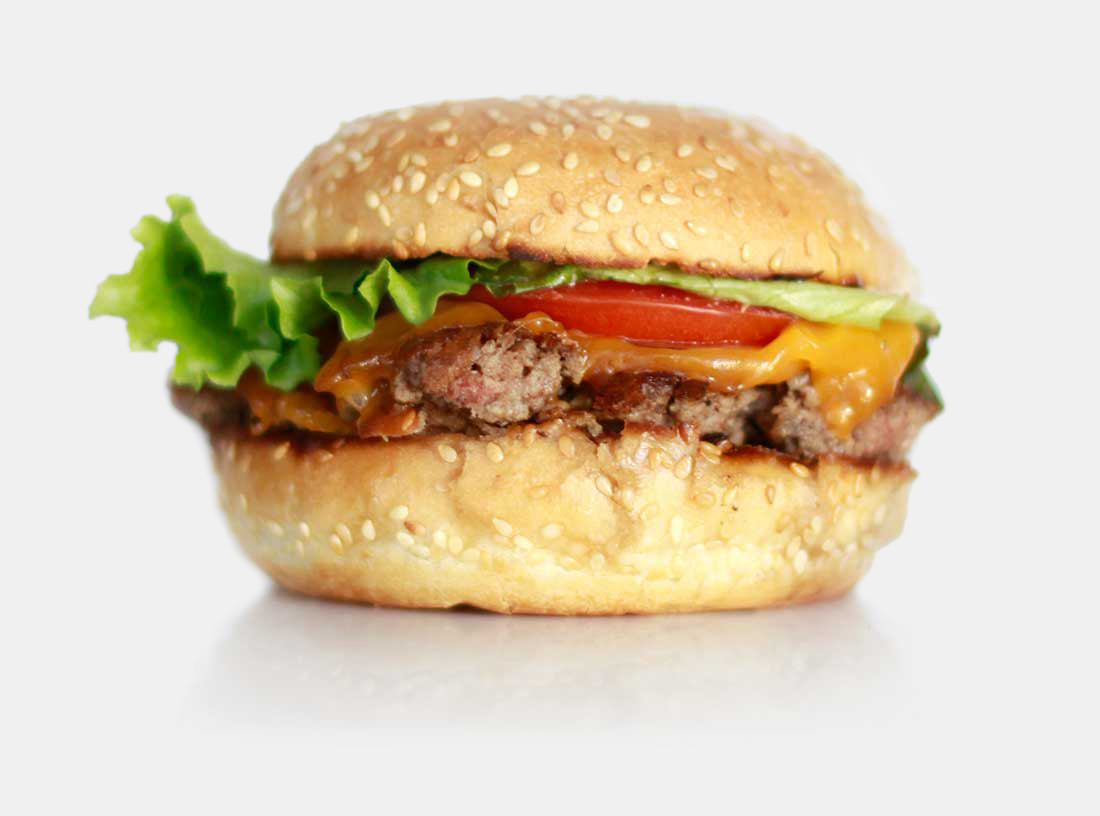No. 26: Design for the 70%
At first glance the Marlowe Burger may not seem all that remarkable. Niman Ranch beef and an Acme bun are pretty much the cost of entry if you want to put a burger on a menu in San Francisco. Add bacon and cheese? Been there. Caramelized onions? Done that. A perfunctory dash of shredded lettuce adds some contrasting color, though does little to enhance the flavor or texture. But the broad strokes aren't what define the Marlowe Burger, the details are.
Starting with the patty, the beef is about 20% fat to 80% lean ground beef. Marlowe adds a little lamb to the mix, giving the meat a richer, gamier flavor. The difference, while subtle, is distinctive. A horseradish aioli stands in for mustard to great effect. The choice of cheddar for the cheese delivers an extra tanginess that pairs masterfully with the smokey Del Monte bacon. The burger is beautifully balanced, with a perfect bun to burger ratio. The thin, crisp bacon adds just the right amount of crunch before your teeth sink into the juicy, pink-in-the-middle patty, and the sharp cheese, salt and horseradish give the whole thing just the right amount of kick.
Marlowe made a splash with their burger early, unseating Zuni Café as Michael Bauer’s pick for ‘Best burger in the Bay Area.’ When I googled “Marlowe” my browser autofilled “Marlowe Burger.” When they opened in 2010 the burger was offered at $12, a few dollars more than the high end of average. By January of this year that price had crept up another $2 to $14. Today it will set you back $16—a 34% increase over the original price. I overheard someone at our communal table grumbling about the idea that any burger could cost sixteen bucks (he ordered the steak for $21). I have similar misgivings. Marlowe’s is one of the pricier burgers we’ve tried. Had it not been for my professional obligation (and the generosity of my friend Dave, who picked up the check), I might have had second thoughts about paying $16 for a hamburger, no matter how good it is. But I did. And that, my friends, is this week’s lesson.












